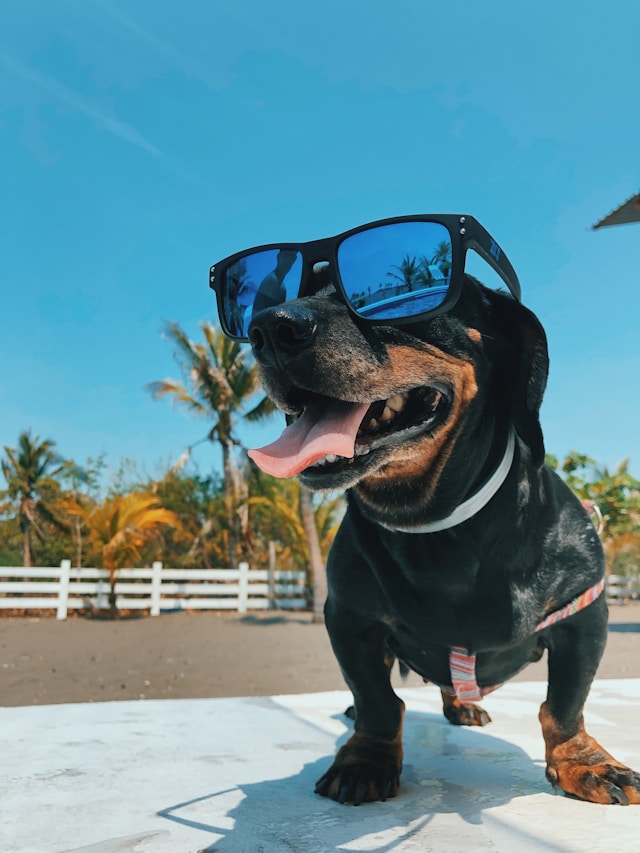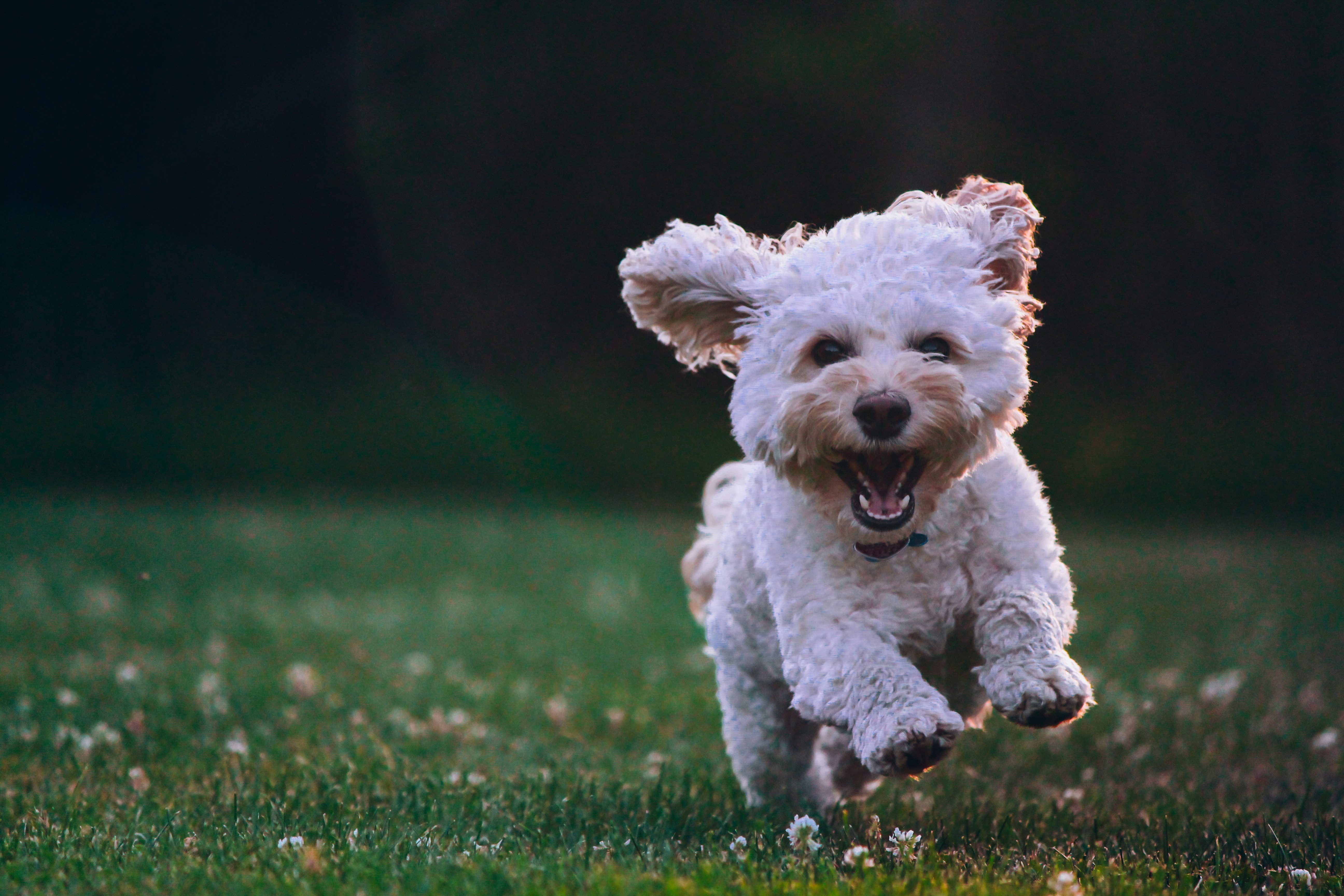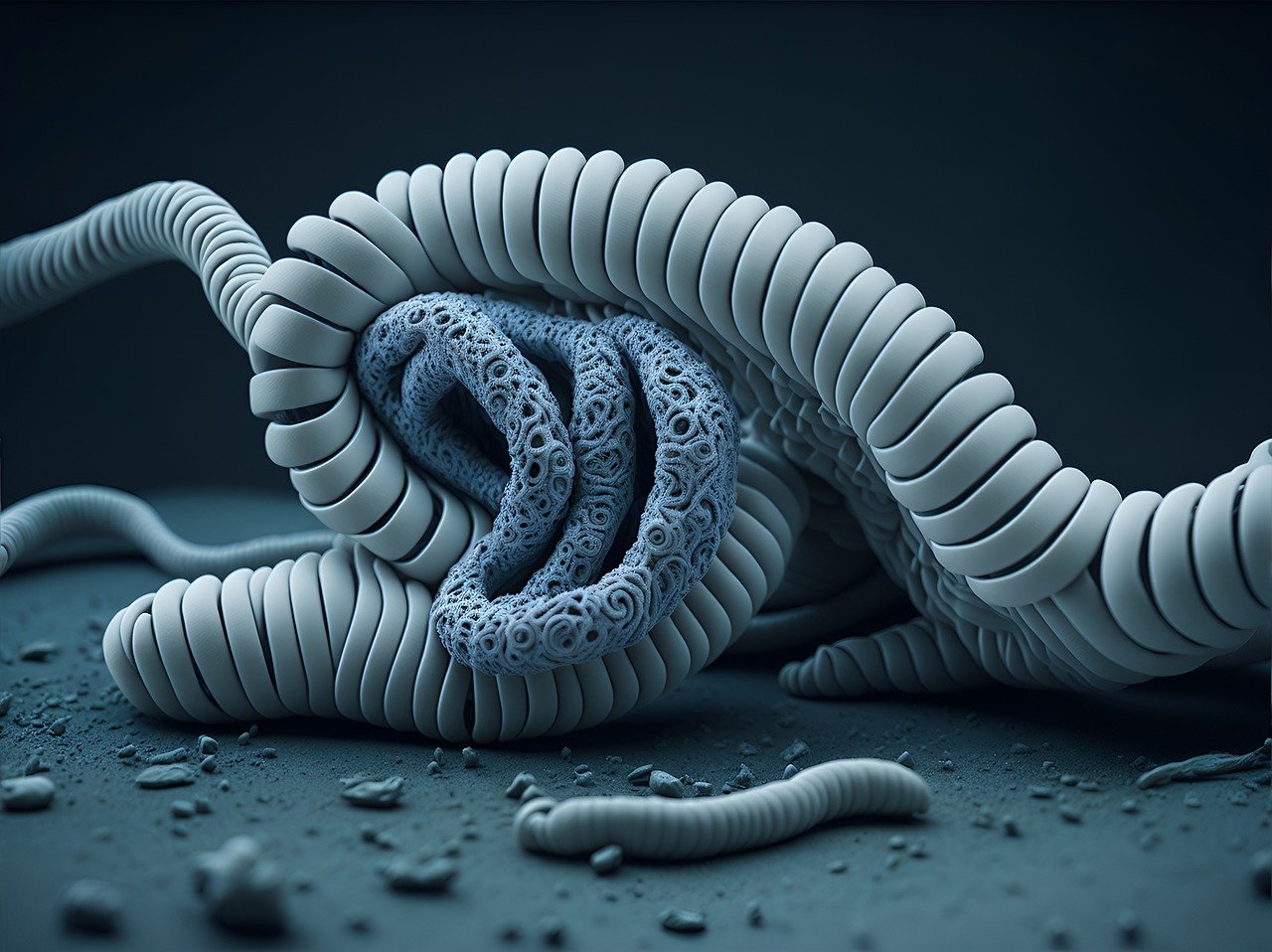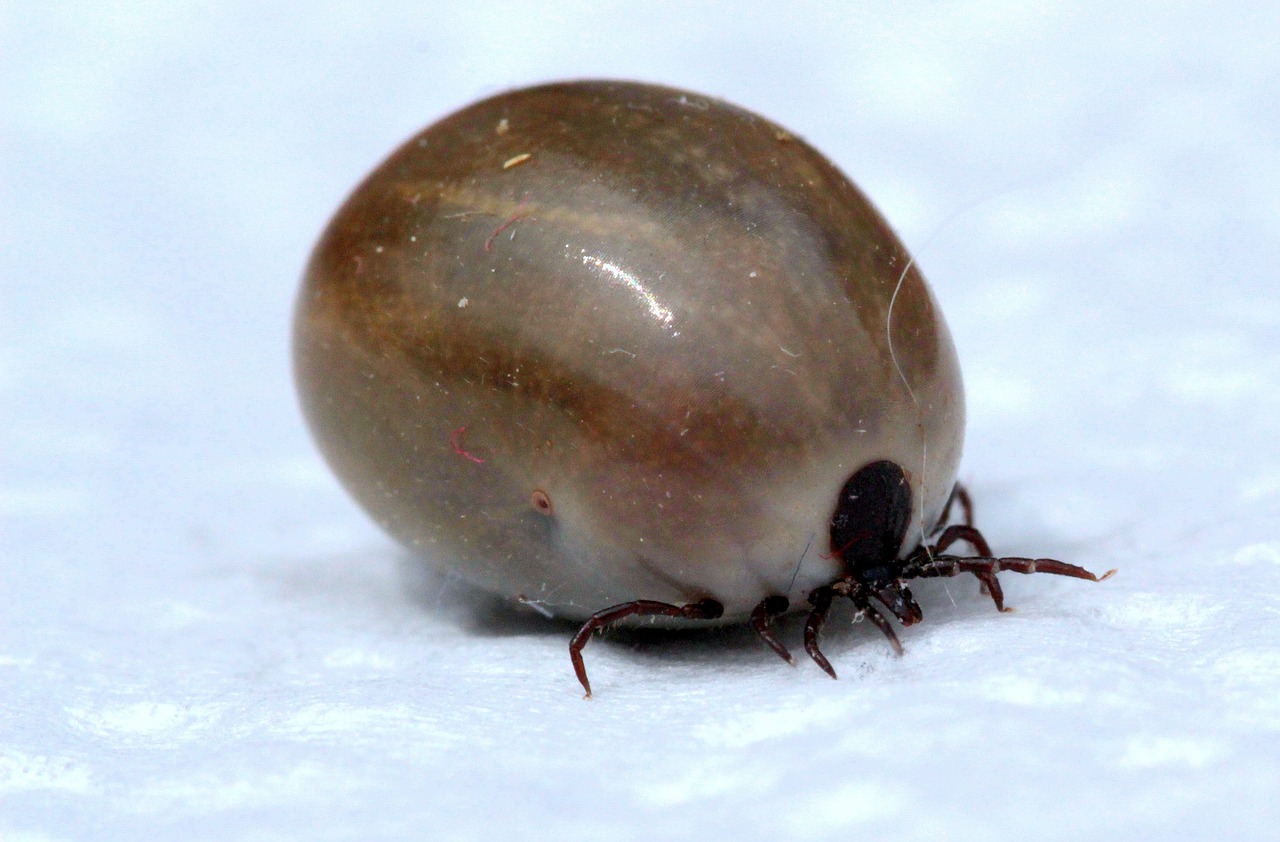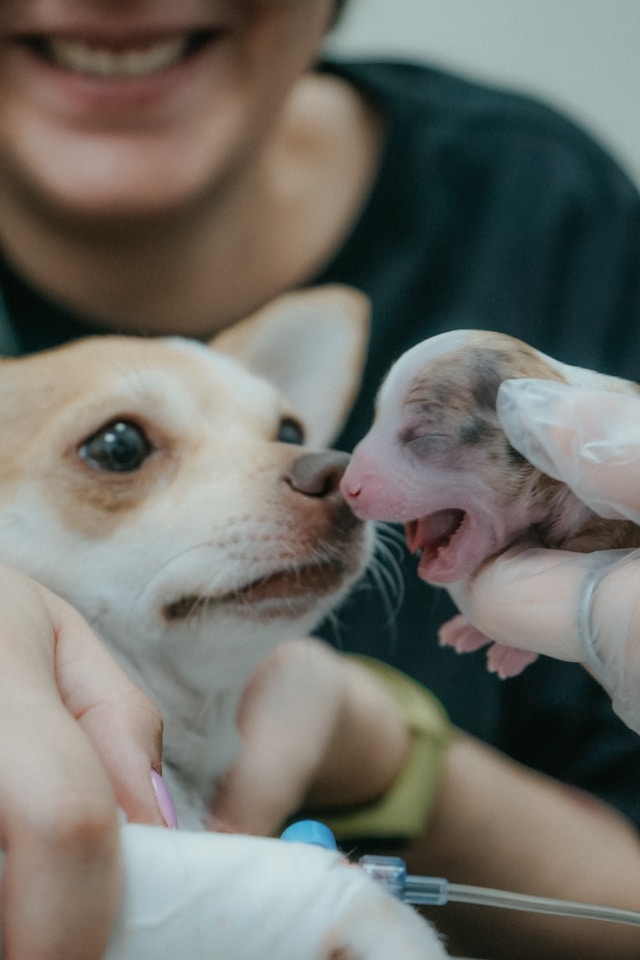Beauceron
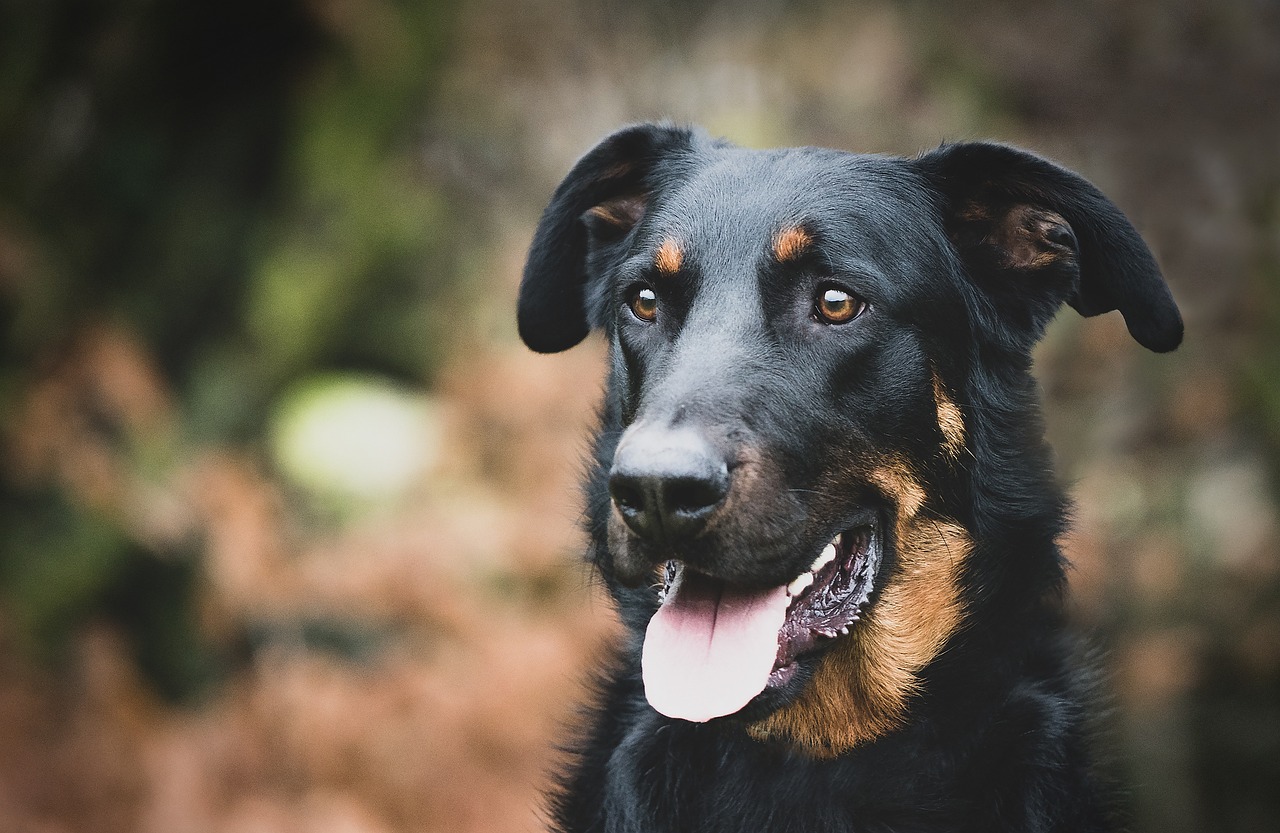
| OFFICIAL NAME | Beauceron |
| COMMON NAME | Beauceron |
| PET HEIGHT | 24 to 28 inches |
| PET WEIGHT | 70 to 110 pounds |
| LIFESPAN | 10 to 12 years |
| GOOD WITH | families |
| TEMPERAMENT | aloof, outgoing, playful |
| INTELLIGENCE | high |
| SHEDDING AMOUNT | frequent |
| EXERCISE NEEDS | high |
| ENERGY LEVEL | active |
| VOCAL LEVEL | when necessary |
| DROOL AMOUNT | low |
| BREED GROUP | herding |
| BREED SIZE | large (61-100 lbs.) |
| COAT LENGTH | short |
| COLORS | black |
| PATTERNS | black and tan, harlequin |
| OTHER TRAITS | easy to train, good hiking companion, strong loyalty tendencies |
These dogs make excellent sheepherders, working partners, and loving companions. The Beauceron, also known as Berger de Beauce or Bas Rouge (red-stockings), is a dignified and athletic breed that originated in the Beauce region of northwestern France. They were initially bred to manage large flocks of sheep and played crucial roles during both World Wars as messengers, mine and bomb detection dogs, and guards.
Beaucerons are still quite rare in the United States and not commonly seen in local dog parks. Due to their intelligence and exceptional working abilities, they are often employed in military or police roles, including bomb detection, tracking, scent detection, and search and rescue missions.
The Beauceron's intense intelligence and boundless energy make them ideal for active and versatile work. However, these traits also mean they are not suitable for first-time dog owners or families who cannot commit to daily physical and mental stimulation that these dogs require.
Appearance
The Beauceron is a striking dog that turns heads wherever it goes. These dogs are big, weighing between 70 to 110 pounds and standing 25 to 28 inches tall for males and 24 to 27 inches tall for females.
Their coat colors are eye-catching, often a mix of black and "squirrel red," but they can also have gray-black with tan or even harlequin patterns with black and blue-gray patches. Most of their fur is short, but they have longer, thicker areas around the neck and back legs. Their tails are long and thick, curving slightly, adding to their sleek look. Beaucerons have large, long heads with ears that can hang naturally or be cropped, although ear cropping is controversial and considered purely cosmetic by the American Veterinary Medical Association, without any health benefits, and can cause pain.
As herding dogs, Beaucerons do shed, especially during certain seasons, so daily brushing is needed to manage their fur. Regular grooming is essential, including bi-weekly nail trims and monthly trims of their unique double dewclaws to keep them healthy and comfortable.
Personality
The Beauceron is a highly intelligent dog, making them quick and enthusiastic learners. Whether you're teaching them basic commands or advanced skills, these dogs excel at it all. This makes them perfect for those interested in dog sports like obedience, agility, herding, and scent work. However, their high intelligence and energy levels mean they need a special kind of owner—someone who enjoys being active and doesn't mind having a constant companion.
Historically bred to herd large flocks of sheep, Beaucerons have a sharp eye for movement. They can quickly chase after small animals or children running around and may not welcome unfamiliar people or animals into their space. These dogs form strong bonds with their human families and are very loyal. They don't like being cooped up indoors or left in a kennel all day; they want to be involved in your daily activities. Beaucerons need plenty of physical and mental exercise to thrive in homes with active owners. Daily walks, runs, or hikes are a must, as well as opportunities to use their natural instincts to explore and play.
A dedicated Beauceron owner will start training and socializing their dog from a young age, using positive reinforcement methods. This helps them develop useful skills and get along well with other dogs and people. After a day filled with activity and companionship, Beaucerons are happy to relax on the couch and enjoy some downtime with you. They can become loving and gentle family members when introduced to small pets or children early on.
Living Needs
If you're looking for a genuinely athletic dog with an incredible ability to focus, the Beauceron is a fantastic competition partner. However, if you're not well-prepared or knowledgeable about their knack for jumping over short fences, chasing wildlife, or running at high speeds, they might cause unintended chaos. These dogs thrive with access to a large yard with six-foot fencing where they can run freely and enjoy long hikes to explore their surroundings. Daily long walks are essential. Given their muscular build, training them to walk nicely using a comfortable body harness and leash is important.
Beaucerons are adaptable to most climates, but their black coats can make them overheat in the sun. Some enjoy swimming or playing in the snow, followed by relaxing near their family members. They love being around their people and don't like being left home alone for long periods. These loyal dogs form strong bonds with their families and are eager to be your favorite travel companion.
Whether it's herding, competitive obedience, agility, scent work, tracking, disc dog, or flyball, Beaucerons thrive on having jobs and activities. They excel in roles ranging from sheep herding to search-and-rescue missions. These intelligent dogs need daily mental stimulation and enjoy learning new skills and tricks in a safe environment. However, they are also sensitive and can become overstimulated quickly. "These dogs are talented at many jobs, but they prefer consistency and may not enjoy the loud and chaotic environments that come with the territory in public places," says Brenda Wendt, a professional dog trainer and conservation detection dog handler for West EcoSystems, and a former Beauceron owner. "They want to be with you, but don't expect them to want to come to summer festivals or the dog park—it's too overwhelming for an intense Beauceron."
With proper socialization, the Beauceron can be an excellent addition to a family and a loving companion to other dogs, cats, and small children. However, due to their history as herding and working dogs, they might be tempted by fast movements, so potential owners must monitor their interactions with kids and small animals.
Care
Weighing between 70 and 110 pounds and standing about 25-28 inches tall for males and 24-27 inches for females, these dogs are large, energetic, and highly intelligent. While their adaptability is a plus, they are not the best choice for first-time dog owners.
Grooming these dogs is generally straightforward, except for their nails. The Beauceron is one of the few breeds with double dewclaws. These extra claws may help with stability, especially during activities like herding. In the U.S., it's common to remove dewclaws shortly after birth, but this practice is becoming more controversial. Beauceron breeders typically leave the double dewclaws intact as they are a breed standard and thicker than regular dewclaws. Regular nail and dewclaw trimming are necessary. Like all herding breeds, Beaucerons shed quite a bit, especially during seasonal changes. They need weekly, sometimes daily, brushing during heavy shedding periods in spring and fall. Their short, thick coats are easy to bathe and keep clean after outdoor adventures, but regular brushing and dematting are essential to keep them looking and feeling their best.
A high-quality diet is crucial for Beaucerons, whether it's commercial dog food or home-prepared meals guided by a veterinarian. Their diet should match their age and weight, and growing puppies may need extra calories during rapid growth phases. Working Beaucerons may require additional nutrition or supplements to support bone and joint health.
These dogs need more than just a quick daily walk. They thrive on daily activities that engage their natural instincts to sniff, herd, and chase. A consistent routine that includes mental and physical enrichment is vital for their well-being.
"The Beauceron is extremely devoted to their family, but that devotion also means they need a strict routine," says Wendt. "This can be challenging if you travel often or expect to leave them with friends or family. Changes in their environment can cause them significant stress and anxiety."
Health
The Beauceron is a robust and healthy breed that typically lives between 10 and 12 years. These dogs thrive on activity and need plenty of exercise to stay in good shape. They love activities like hiking, running, playing fetch and Frisbee, and taking long daily walks.
Due to their large size and deep chests, Beaucerons can be at risk for bloat, a severe and sudden stomach condition. To keep their dogs safe, owners must learn the symptoms of bloat and discuss prevention with their veterinarian.
Hip dysplasia is another concern for Beaucerons, as it is for many large breeds. When buying a Beauceron puppy, ensure the breeder provides recent OFA test results, which should include checks for heart, eye, and thyroid health. The American Beauceron Club advises elbow OFA testing and discussing osteochondrosis Dessicans (OCD) with your vet. OCD is an orthopedic condition common in large and giant breed dogs that grow rapidly.
Regular ear checks are important to keep a Beauceron's ears clean and healthy, and their teeth should be brushed frequently to maintain good dental health.
Exercise Requirements
The Beauceron is a lively and energetic dog that loves to stay active. To keep them happy, make sure they get between 60 to 90 minutes of exercise every day. This can be in the form of brisk walks, jogging, or playing off-leash in a safe, enclosed space. Besides physical activities, Beaucerons also need to keep their minds busy. Engage them with puzzle toys, obedience training, and fun interactive games to challenge their intelligence.
Training
Training your Beauceron is essential because of their sharp minds, hard-working nature, and protective instincts. Begin socializing them early, introducing them to different people, places, and experiences while they're still puppies. Reward their good behavior with treats, praise, and play to keep them engaged and attentive. Be a steady and confident leader, as Beaucerons do well with clear rules and boundaries. They flourish when they know their role within the family.
History
The Beauceron is a French herding dog that originated in the Beauce region. Known for its long history as a sheepherder and working companion, this breed was developed exclusively in France. Outside of France, Beaucerons are pretty rare. They are the largest and one of the oldest French breeds.
In the early 1800s, the Beauceron was bred to be a versatile dog. It became popular for driving cattle and sheep across La Beauce alongside the Briard, a related breed. The Beauceron made its first notable public appearance in 1863 at the Universal Exposition in Paris. As the breed's popularity grew, the Societe Central Canine officially recognized it in 1893 as the Berger de Beauce. In 1922, the breed club Club des Amis Du Beauceron was established.
The French army began using the Beauceron, and the breed became a hero during both World Wars, excelling as a bomb detection dog and messenger. Beaucerons were also trained to detect scents and sniff out mines. Today, they continue to serve as military and police dogs.
The American Kennel Club (AKC) did not officially recognize the Beauceron in 2007. They remain one of the AKC's rarest breeds, ranking 156th out of 197 in popularity.
Fun Facts
In the 2009 film Hotel for Dogs featuring Emma Roberts, the character Henry is portrayed as a Beauceron.
The Beauceron breed made its first appearance at the Westminster Kennel Club Dog Show in 2008.
Following the tragic events at the World Trade Center in 2001, a Beauceron named Cara (officially known as O'Cara Bleue de St Sacrement) was involved in search and rescue operations. Cara wore a specialized camera around her neck, allowing rescue teams to see into tight spaces inaccessible to humans but accessible to dogs. Cara was honored for her service at the AKC Classic in Orlando in December 2001 and again at the Westminster Kennel Club dog show in New York City in February 2002.
Get insurance plans with wide-ranging coverage options








